Home>Home Appliances>Lighting Appliances>What Is The Red Wire On A Ceiling Light
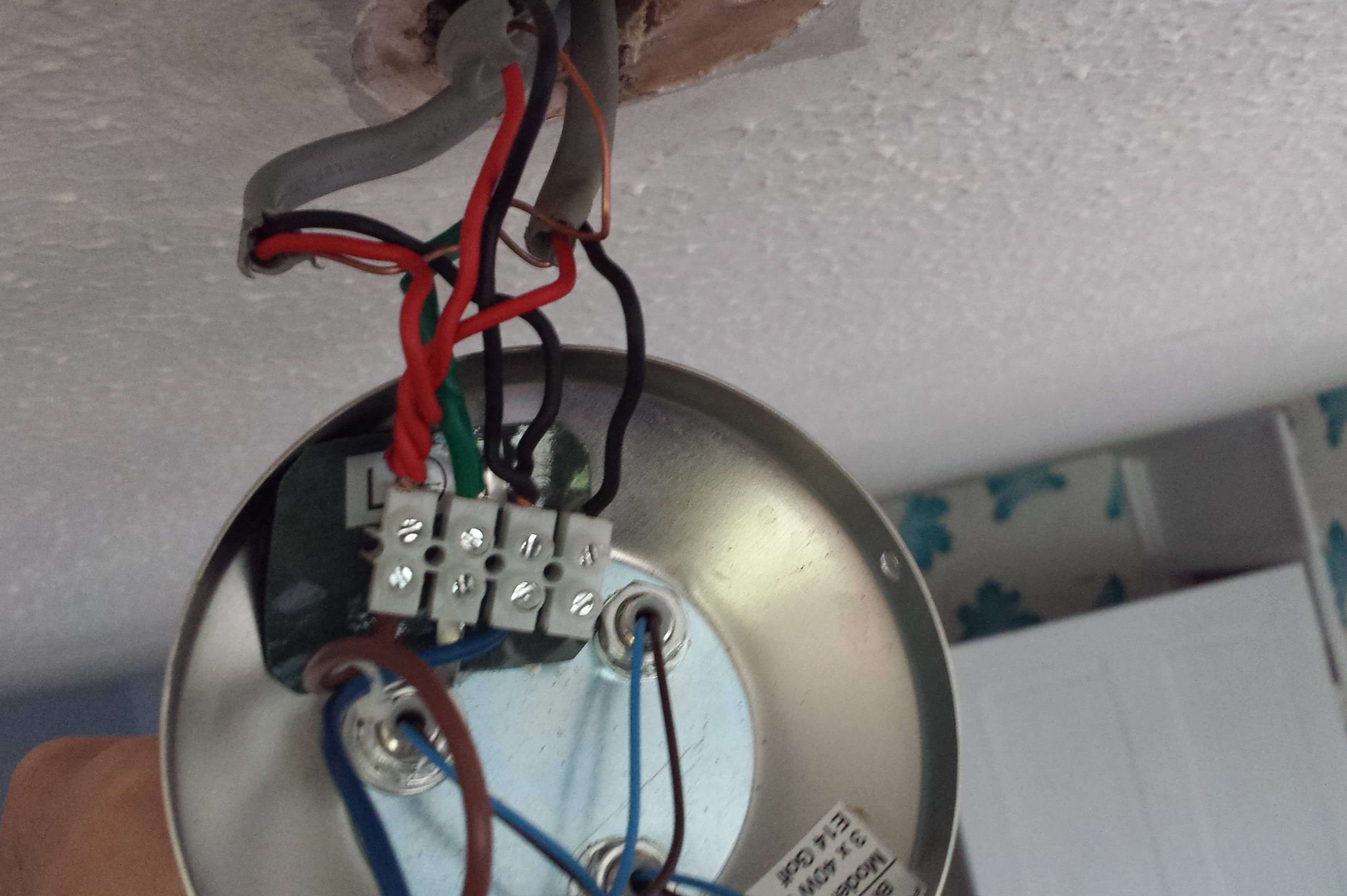

Lighting Appliances
What Is The Red Wire On A Ceiling Light
Modified: August 27, 2024
Learn about the purpose of the red wire on a ceiling light and its significance in lighting appliances. Find out how to properly install and connect it.
(Many of the links in this article redirect to a specific reviewed product. Your purchase of these products through affiliate links helps to generate commission for Storables.com, at no extra cost. Learn more)
Introduction
The red wire in a ceiling light can often be a source of confusion for homeowners and DIY enthusiasts. It's not uncommon to encounter this mysterious red wire when installing or replacing a ceiling light fixture. Understanding the purpose of the red wire is crucial for ensuring the safe and proper installation of lighting appliances in your home.
In this comprehensive guide, we will delve into the significance of the red wire in the context of ceiling light installations. By shedding light on this often perplexing aspect of electrical wiring, we aim to equip you with the knowledge needed to navigate this aspect of home improvement with confidence and clarity. Whether you're a seasoned DIY enthusiast or a novice homeowner, this article will provide valuable insights into the role of the red wire in ceiling light installations.
Let's embark on a journey to unravel the mysteries of the red wire and gain a deeper understanding of its function in the realm of lighting appliances.
Key Takeaways:
- The red wire in a ceiling light can indicate a dual-switch setup, allowing separate control of the light and fan. It’s like having a remote for each function, giving you more options for how you want to use your lights and fans.
- Safety first! Before working on a ceiling light, always turn off the power and inspect the wires. If you’re unsure, it’s best to get help from a professional to make sure everything is connected safely and correctly.
Read more: How To Wire A Ceiling Light
Understanding the Red Wire
The presence of a red wire in a ceiling light setup often sparks curiosity and confusion. Unlike the familiar black and white wires, the red wire serves a specific purpose in electrical circuits. In standard household wiring, the black wire is the live or hot wire, while the white wire is the neutral wire. So, where does the red wire fit into this electrical equation?
The red wire is typically used as the secondary live wire in a circuit. In some cases, it may indicate a separate control path for the ceiling light, such as a separate switch for a fan or a dimmer switch. This additional wire provides versatility in controlling the lighting and fan functions independently, offering greater customization and convenience for homeowners.
In scenarios where a ceiling light is equipped with a red wire, it often signifies a dual-switch setup. This configuration allows for separate control of the light and fan, enhancing the flexibility of the lighting appliance. Understanding the purpose of the red wire is essential for correctly connecting and configuring the ceiling light, ensuring that it operates as intended.
It's important to note that the presence of a red wire may vary based on the specific wiring setup in your home. While it commonly indicates a dual-switch arrangement, it's advisable to consult the wiring diagram provided with the ceiling light fixture or seek professional guidance to ensure accurate interpretation and safe installation.
In summary, the red wire in a ceiling light setup serves as a crucial component for enabling enhanced control and functionality. By comprehending its role in the electrical circuit, homeowners can navigate the installation process with confidence and precision, ultimately optimizing the performance of their lighting appliances.
Different Scenarios for the Red Wire
The presence of a red wire in a ceiling light setup can signify various scenarios, each with its own implications for the electrical configuration and functionality of the lighting appliance. Understanding these different scenarios is essential for homeowners and DIY enthusiasts seeking to navigate the complexities of electrical wiring with confidence and precision.
-
Dual-Switch Setup: One common scenario involving the red wire is a dual-switch setup, where separate switches control the light and fan functions. In this configuration, the red wire serves as the secondary live wire, enabling independent control of the ceiling light and fan. This setup offers enhanced convenience and customization, allowing users to adjust the lighting and fan settings separately to suit their preferences.
-
Three-Way Switch Configuration: In some cases, the presence of a red wire may indicate a three-way switch configuration. This setup involves two switches controlling a single lighting appliance, such as a ceiling light. The red wire facilitates the communication between the switches, enabling seamless control of the light from multiple locations within the room. By understanding the role of the red wire in a three-way switch setup, homeowners can ensure proper connection and operation of the ceiling light.
-
Dimmer Switch Compatibility: The red wire may also be present in ceiling light fixtures designed for use with dimmer switches. Dimmer switches allow users to adjust the brightness of the light, creating a customizable ambiance in the room. The red wire facilitates the connection between the dimmer switch and the lighting appliance, enabling smooth and responsive dimming functionality. Homeowners looking to incorporate dimmer switches into their lighting setup should pay close attention to the red wire for seamless integration and optimal performance.
-
Specialized Control Functions: In certain instances, the red wire may be utilized for specialized control functions, such as variable speed settings for ceiling fans or compatibility with smart home automation systems. By recognizing the specific applications of the red wire in these scenarios, homeowners can harness the full potential of their lighting appliances, leveraging advanced control features to enhance comfort and efficiency in their living spaces.
In summary, the red wire in a ceiling light setup can manifest in various scenarios, each contributing to the versatility and functionality of the lighting appliance. By familiarizing themselves with these different scenarios, homeowners can approach the installation and configuration of ceiling lights with a comprehensive understanding of the red wire's role, ensuring seamless integration and optimal performance in their home environments.
The red wire on a ceiling light is typically used as the secondary hot wire in a two-switch system, allowing for separate control of the fan and light. Always consult a professional if you are unsure about electrical wiring.
Safety Precautions
When dealing with electrical components, prioritizing safety is paramount to prevent accidents and ensure the well-being of individuals and the integrity of the property. As you navigate the installation or replacement of a ceiling light fixture, it's crucial to adhere to essential safety precautions to mitigate potential risks and promote a secure working environment.
-
Power Disconnection: Before initiating any work on the ceiling light, always turn off the power supply at the circuit breaker or fuse box. Confirm that the power is indeed switched off by using a reliable voltage tester to check for the absence of electrical current. This step is fundamental in preventing electrical shocks and other hazards during the installation process.
-
Proper Wiring Inspection: Prior to handling the electrical wiring, carefully inspect the existing setup to identify the function and placement of each wire, including the red wire. Ensure that the wires are in good condition, free from damage or wear, and securely connected. Any signs of fraying, exposed conductors, or loose connections should be addressed promptly to maintain the safety and integrity of the electrical system.
-
Understanding Circuit Requirements: Familiarize yourself with the specific circuit requirements for the ceiling light fixture, including the compatibility with dimmer switches or dual-switch setups. Adhering to the manufacturer's guidelines and electrical code regulations is essential to ensure that the red wire and other components are integrated in a manner that aligns with safety standards and operational specifications.
-
Appropriate Tools and Equipment: Utilize the appropriate tools and equipment for the installation process, including insulated screwdrivers, wire cutters, and wire connectors. By using insulated tools and wearing protective gear, such as gloves and safety goggles, you can minimize the risk of electrical accidents and physical injuries while working with the electrical components.
-
Professional Consultation: In cases where the electrical wiring or the function of the red wire is unclear, seeking professional consultation from a licensed electrician is highly advisable. Professional guidance can provide invaluable insights and ensure that the installation is conducted in accordance with best practices and safety protocols, reducing the likelihood of errors or safety hazards.
By adhering to these safety precautions, homeowners and DIY enthusiasts can approach the installation or replacement of a ceiling light fixture with a steadfast commitment to safety and diligence. Prioritizing safety at every stage of the process is essential for fostering a secure and reliable electrical setup, ultimately contributing to the well-being and comfort of occupants within the home environment.
Conclusion
In conclusion, the presence of the red wire in a ceiling light setup signifies a crucial aspect of electrical wiring that directly impacts the functionality and control capabilities of the lighting appliance. By gaining a comprehensive understanding of the red wire's role and the various scenarios in which it may manifest, homeowners and DIY enthusiasts can navigate the installation and configuration process with confidence and precision.
The red wire serves as the secondary live wire in a circuit, enabling enhanced control and versatility in the operation of ceiling lights, fans, and other lighting appliances. Whether it indicates a dual-switch setup, a three-way switch configuration, compatibility with dimmer switches, or specialized control functions, the red wire plays a pivotal role in facilitating customized lighting experiences tailored to the preferences and needs of homeowners.
Throughout the installation or replacement of a ceiling light fixture, prioritizing safety precautions is paramount to mitigate potential risks and ensure a secure working environment. From disconnecting the power supply and inspecting the wiring to understanding circuit requirements and utilizing appropriate tools and equipment, adhering to safety protocols is fundamental in promoting a safe and reliable electrical setup.
Furthermore, recognizing the significance of the red wire in the context of ceiling light installations empowers individuals to make informed decisions and execute precise connections, ultimately optimizing the performance and functionality of their lighting appliances. Whether it involves integrating dimmer switches for adjustable ambiance, implementing dual-switch setups for independent control, or leveraging specialized control functions for enhanced convenience, the red wire opens doors to a world of customizable lighting solutions.
In essence, the red wire in a ceiling light setup represents not only a technical component of electrical circuits but also a gateway to tailored lighting experiences that elevate the comfort and ambiance of living spaces. By embracing the knowledge and insights shared in this guide, homeowners can embark on their electrical projects with confidence, knowing that they possess the understanding and awareness needed to harness the full potential of the red wire in their pursuit of well-lit, inviting home environments.
Frequently Asked Questions about What Is The Red Wire On A Ceiling Light
Was this page helpful?
At Storables.com, we guarantee accurate and reliable information. Our content, validated by Expert Board Contributors, is crafted following stringent Editorial Policies. We're committed to providing you with well-researched, expert-backed insights for all your informational needs.
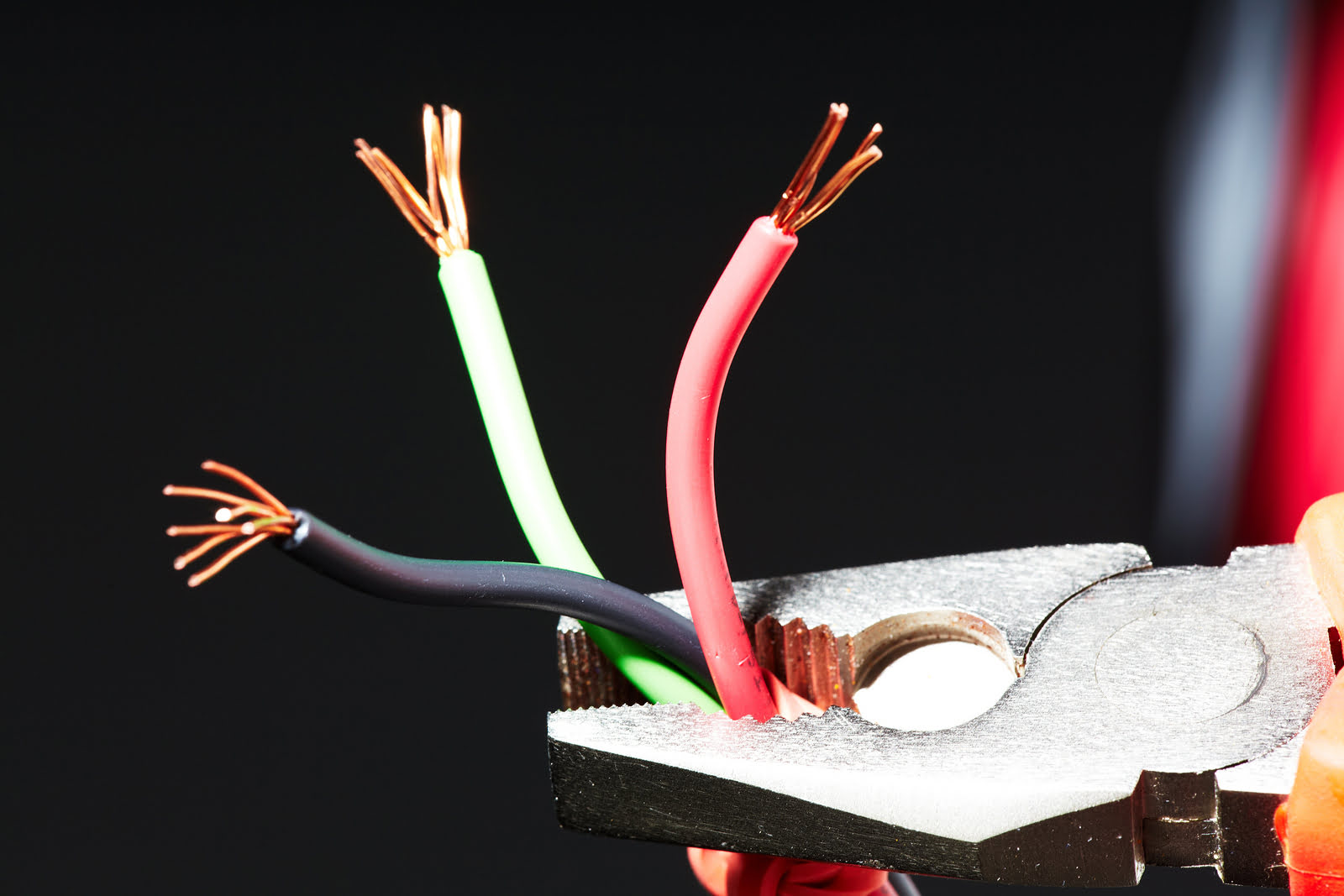

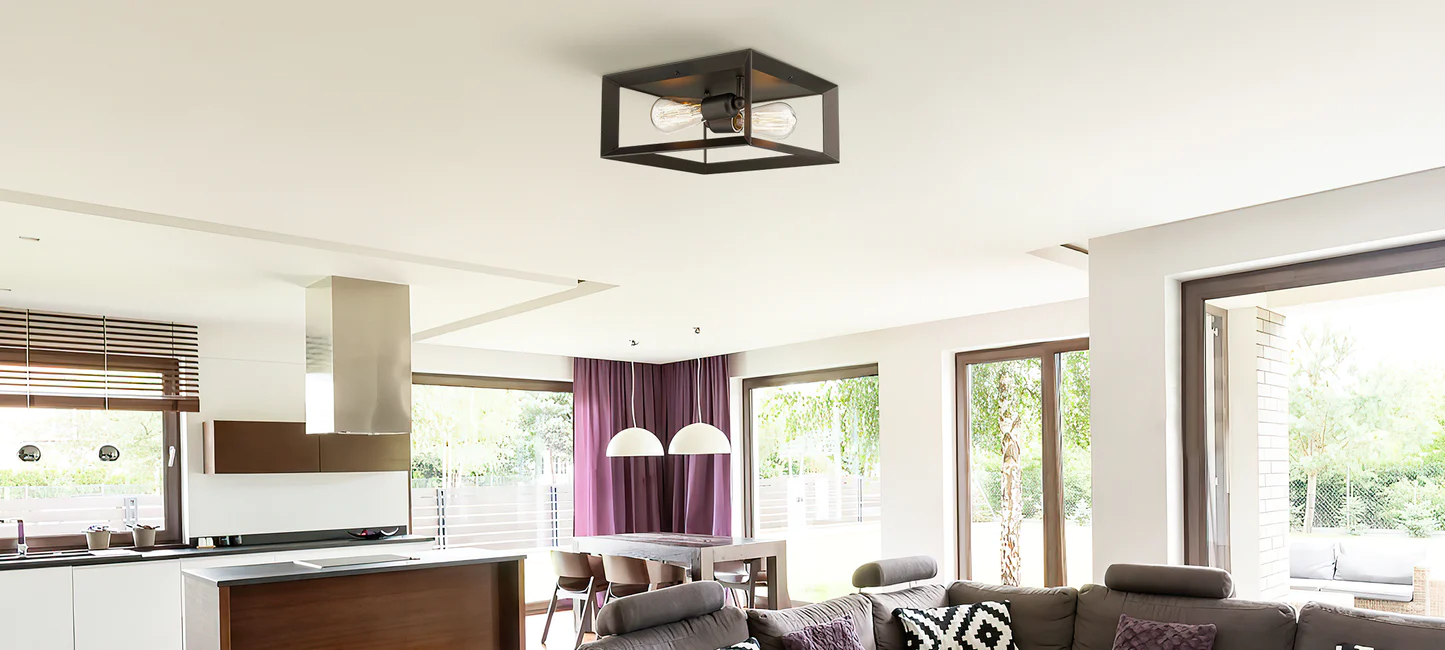
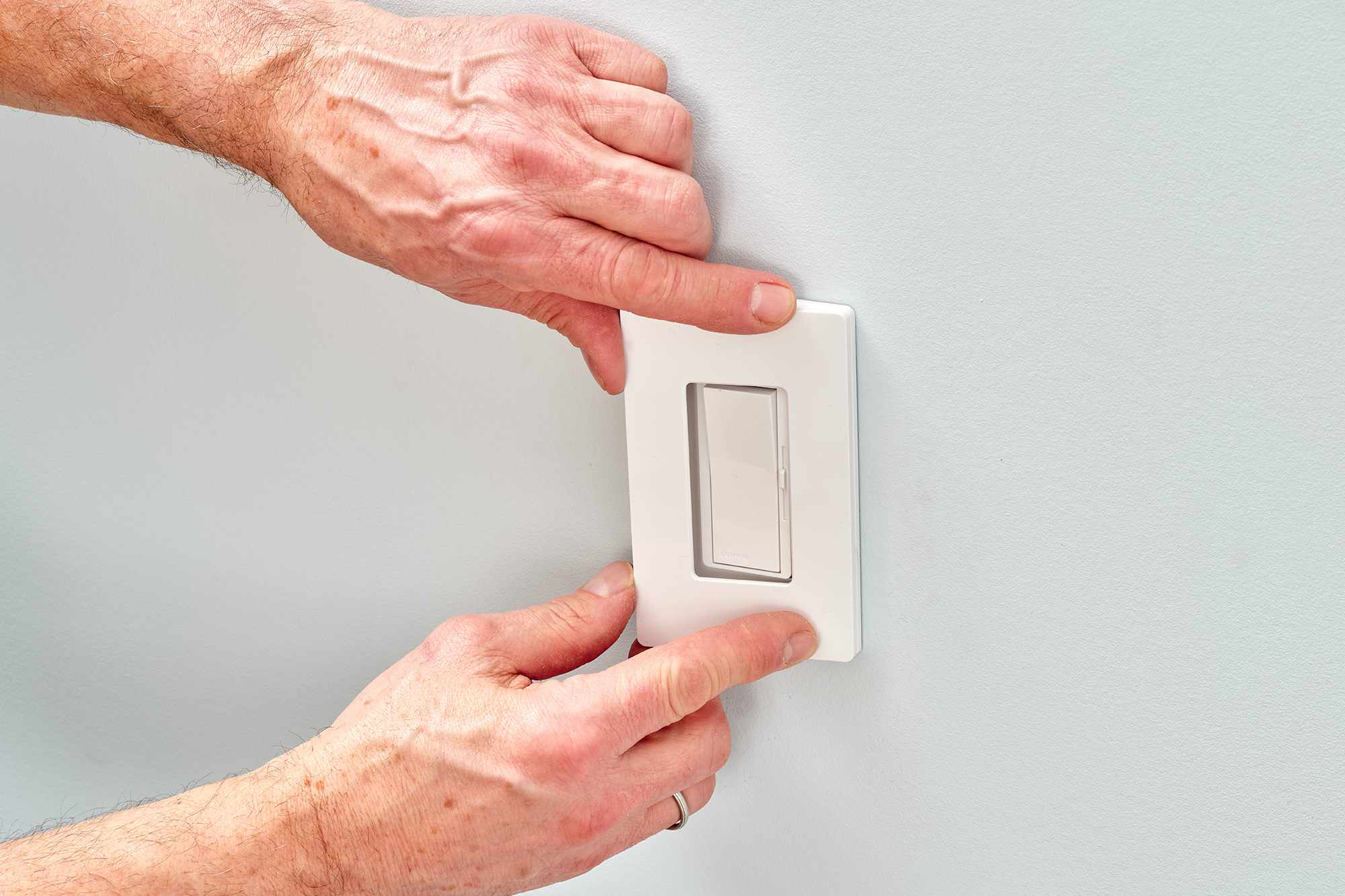
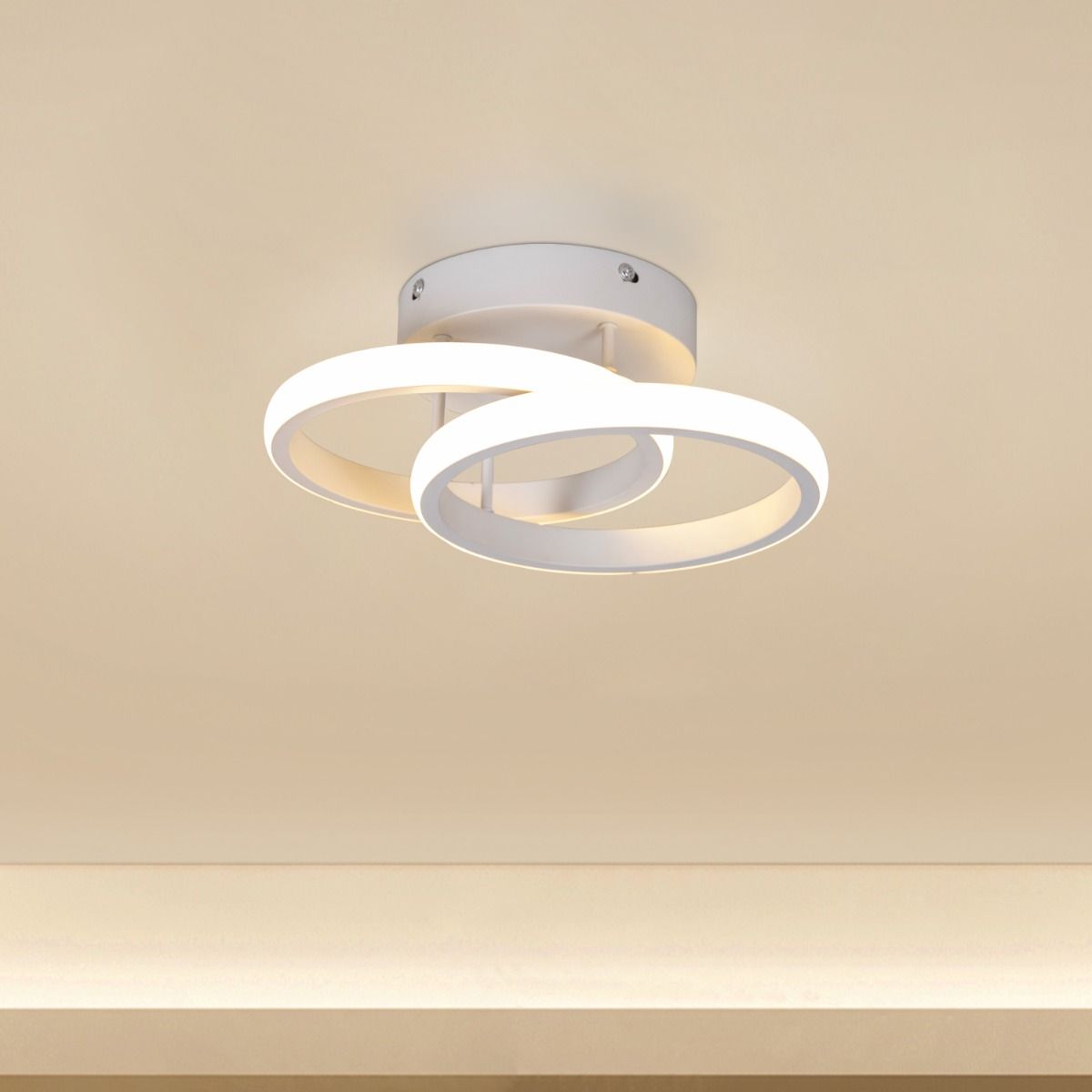
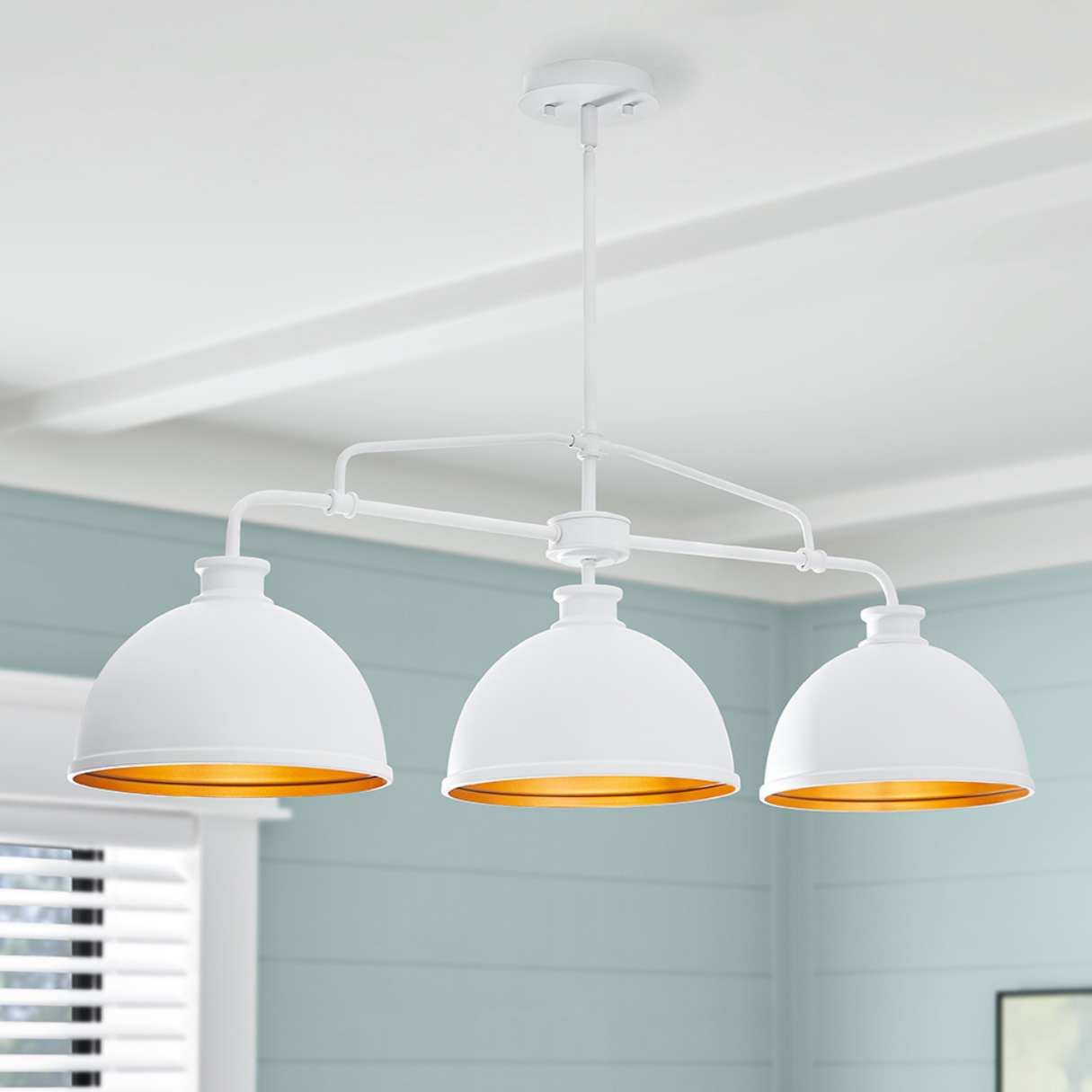
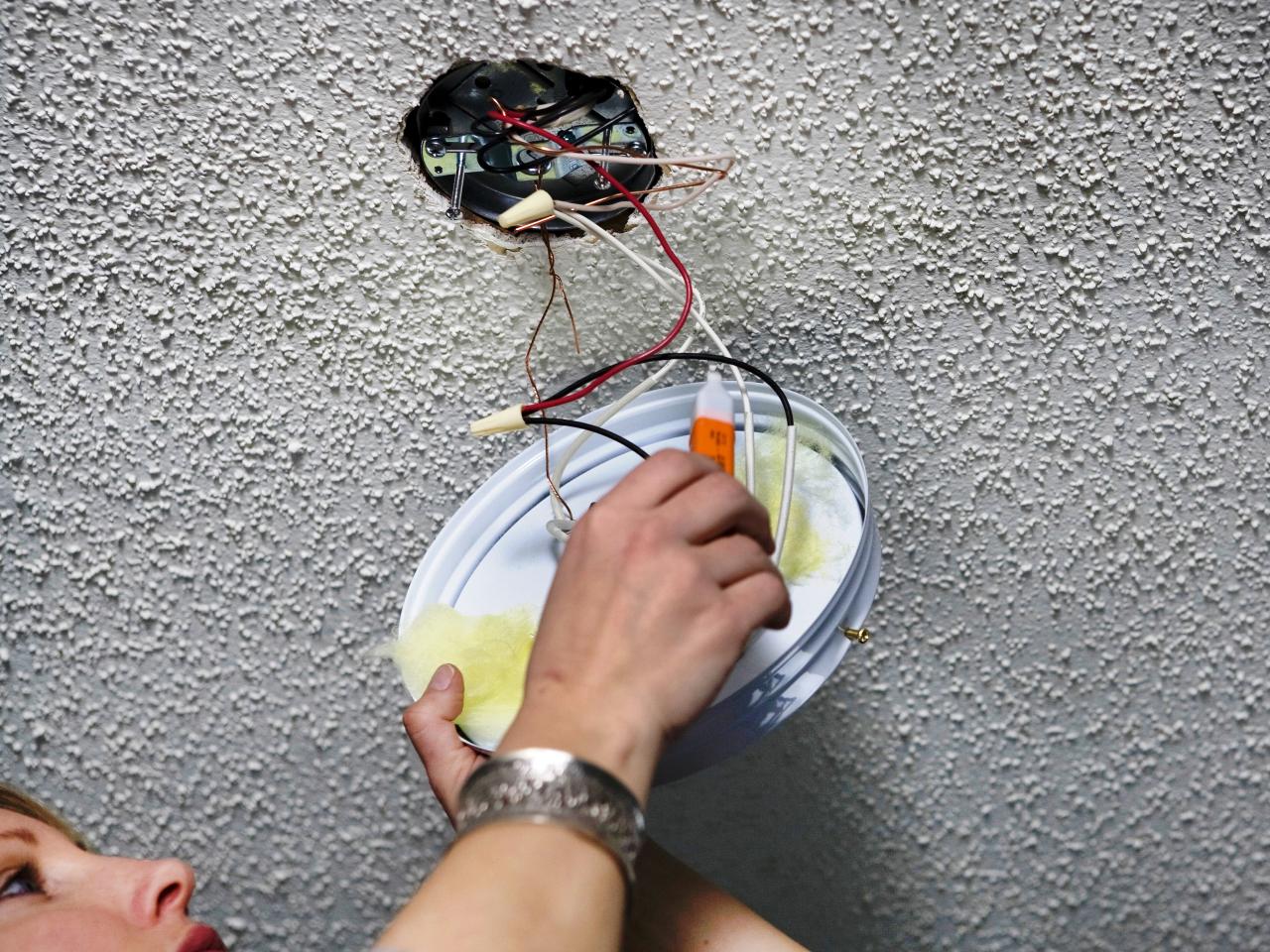
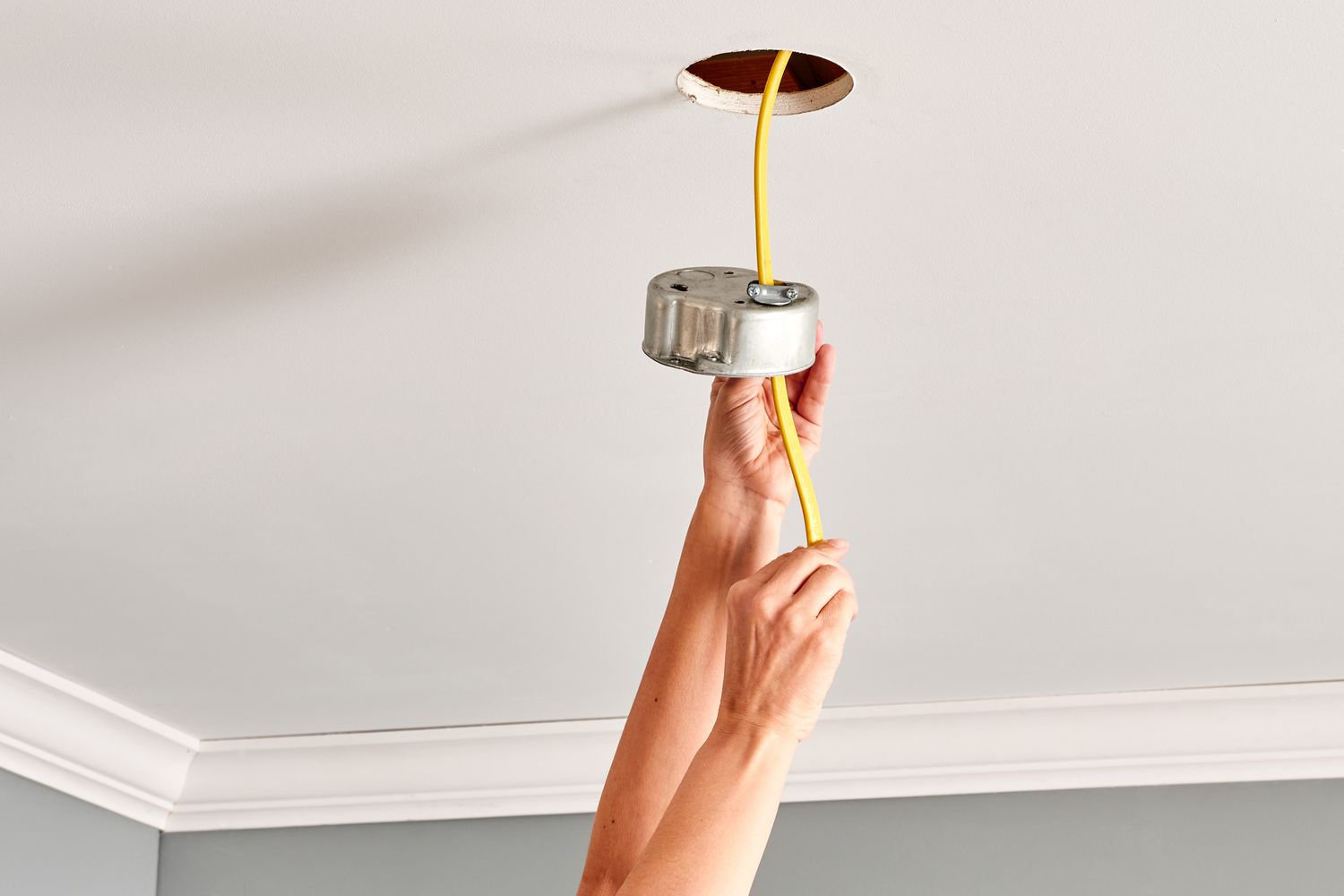
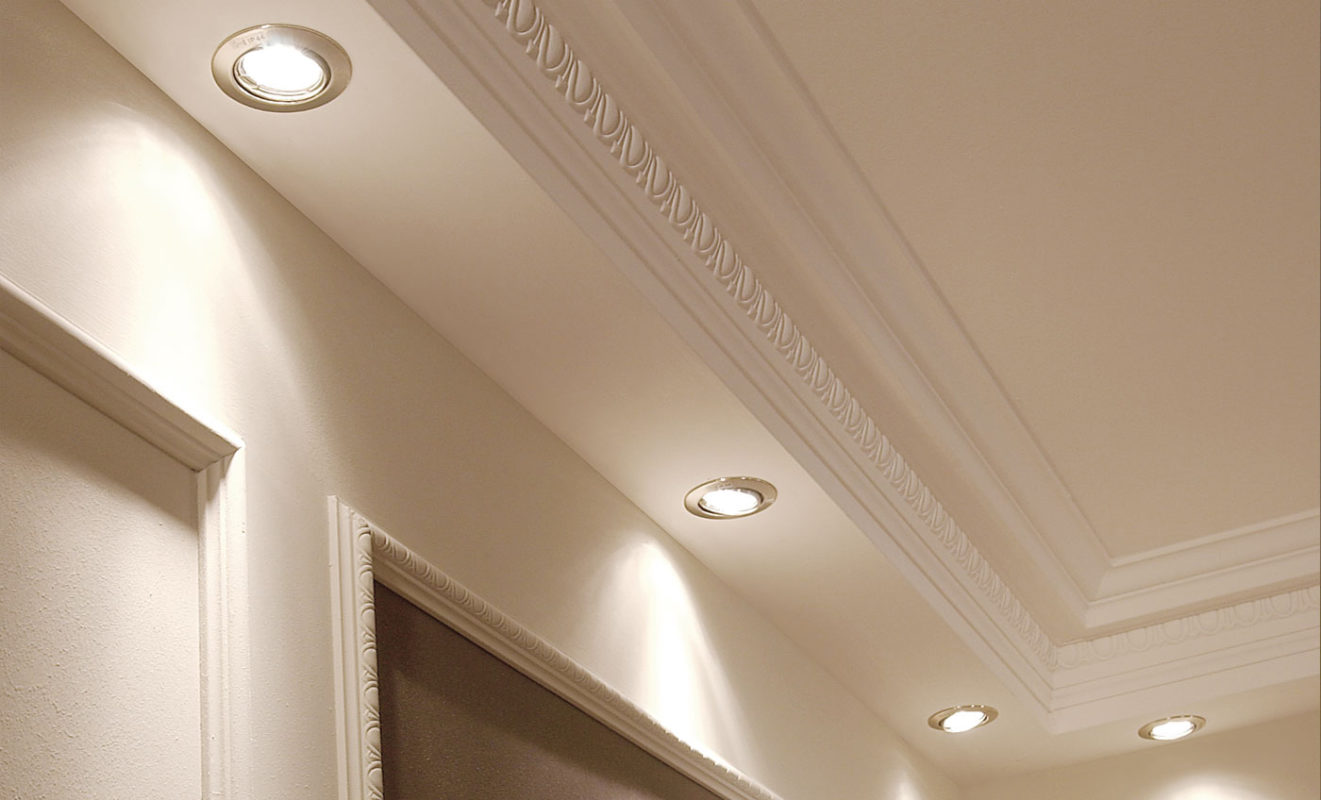


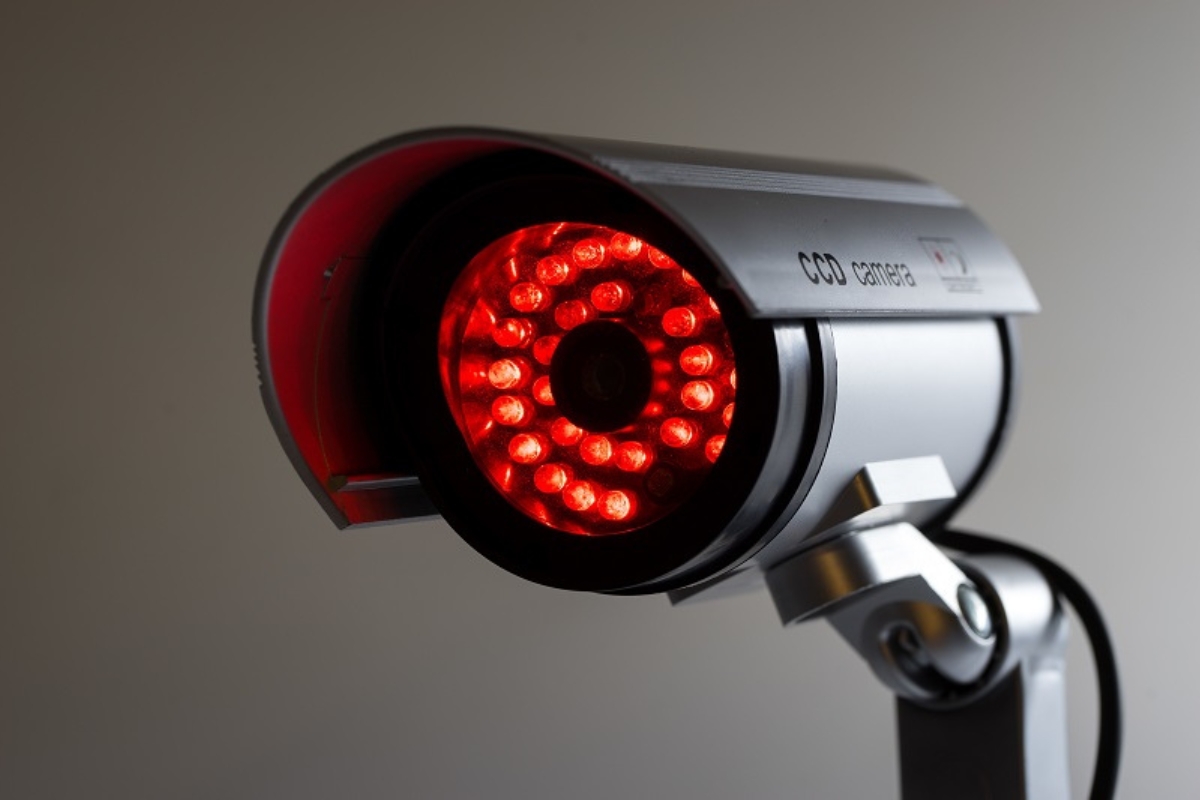
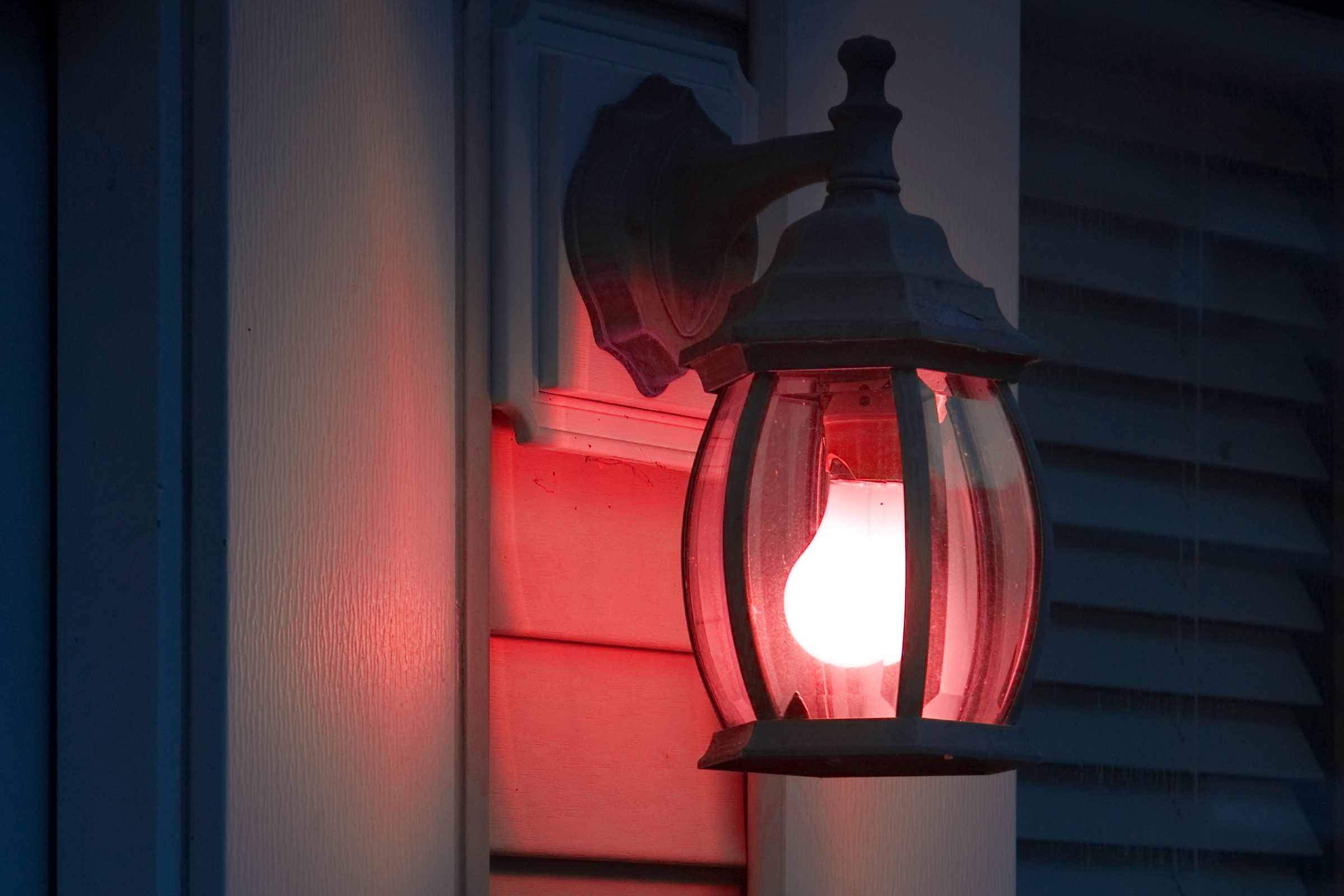
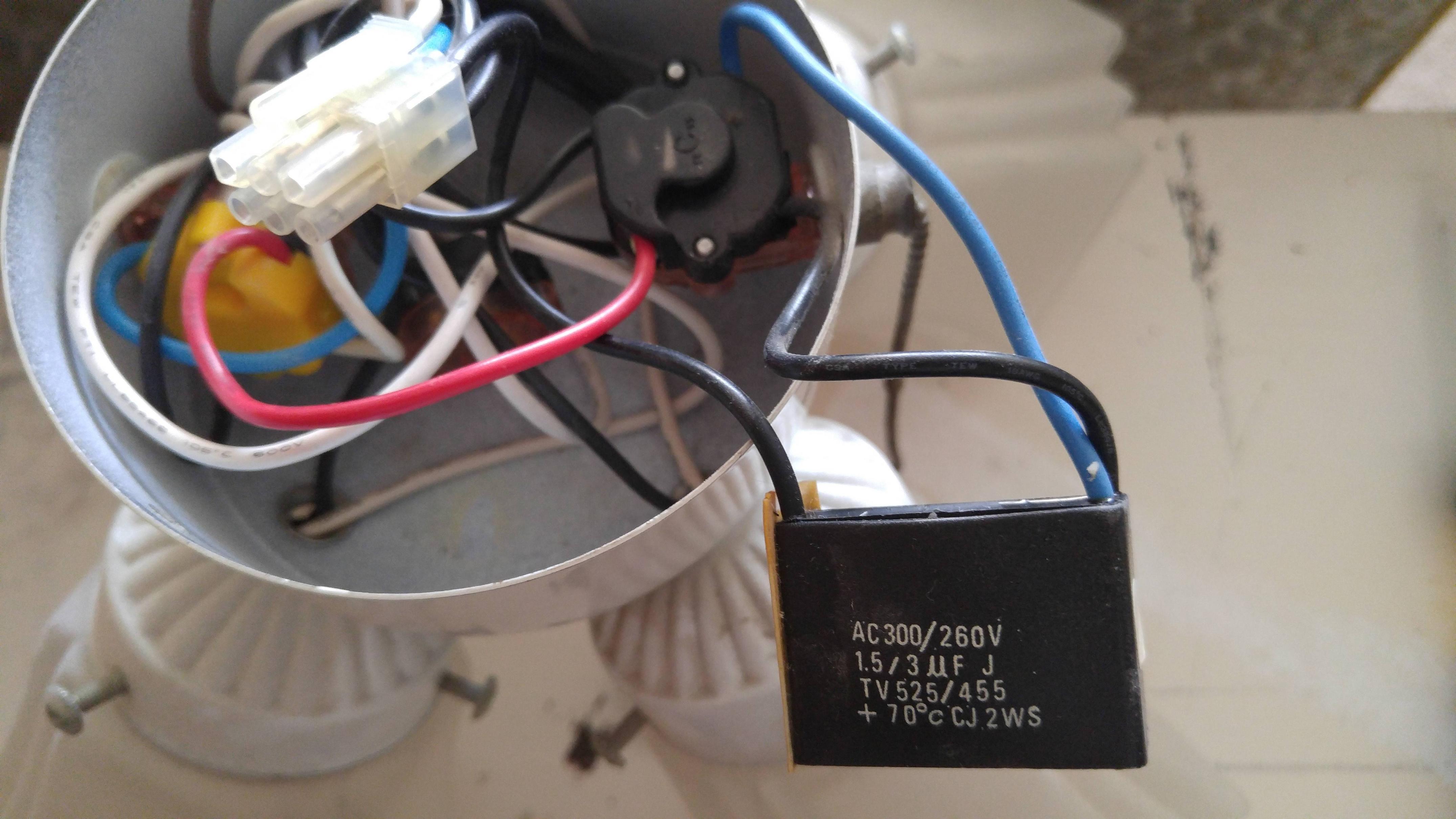
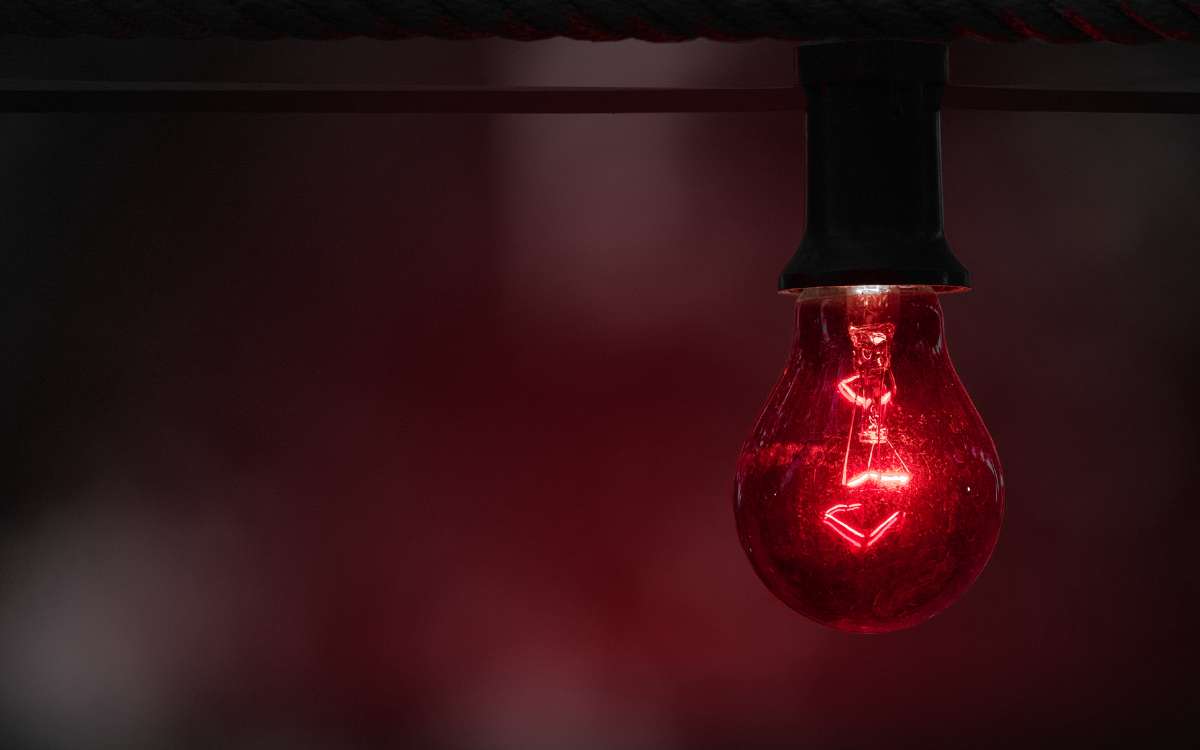

0 thoughts on “What Is The Red Wire On A Ceiling Light”